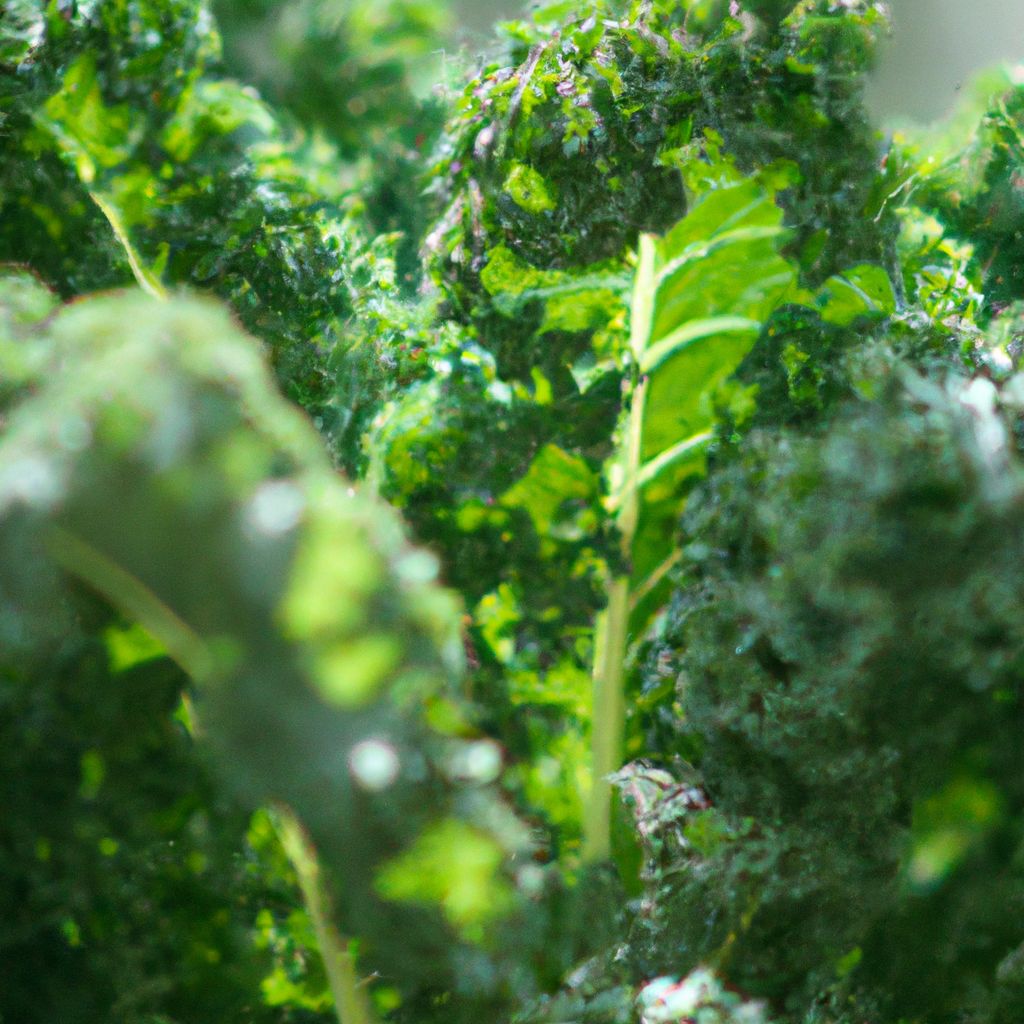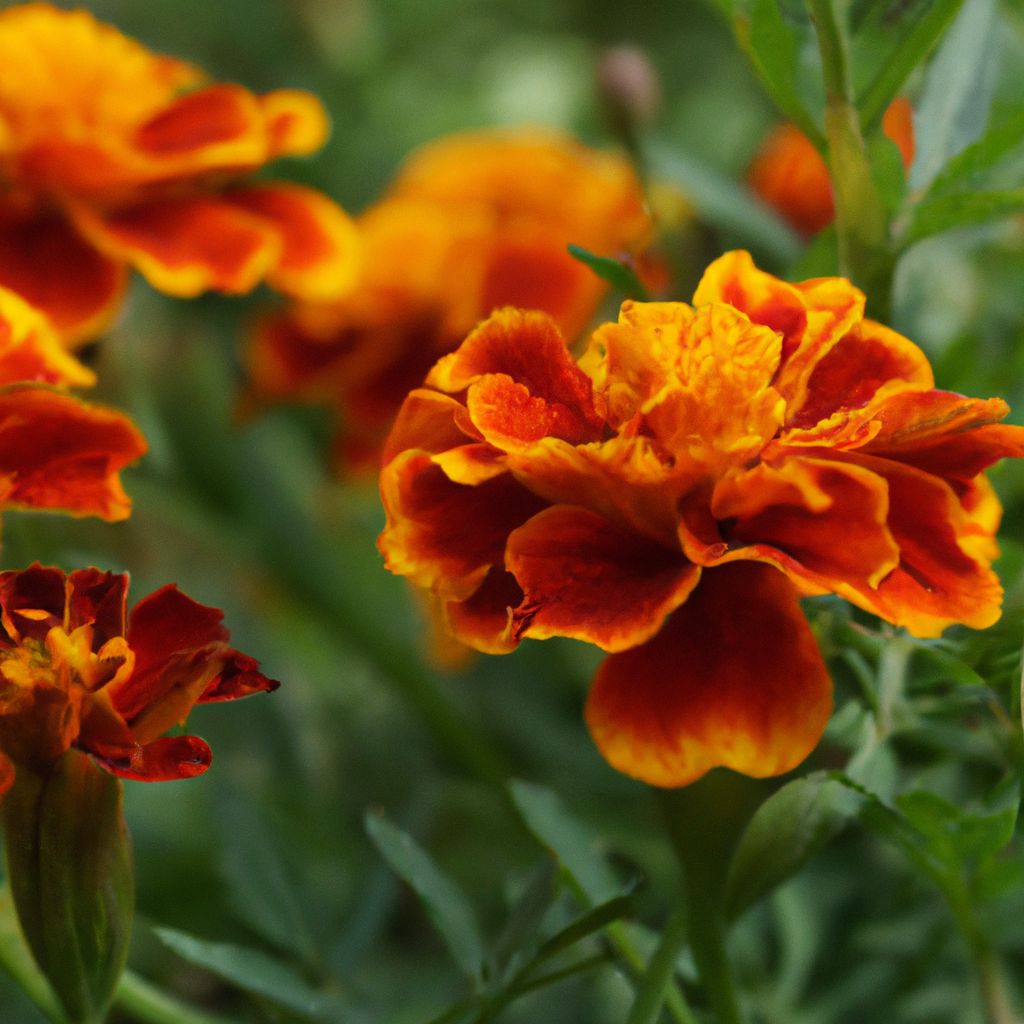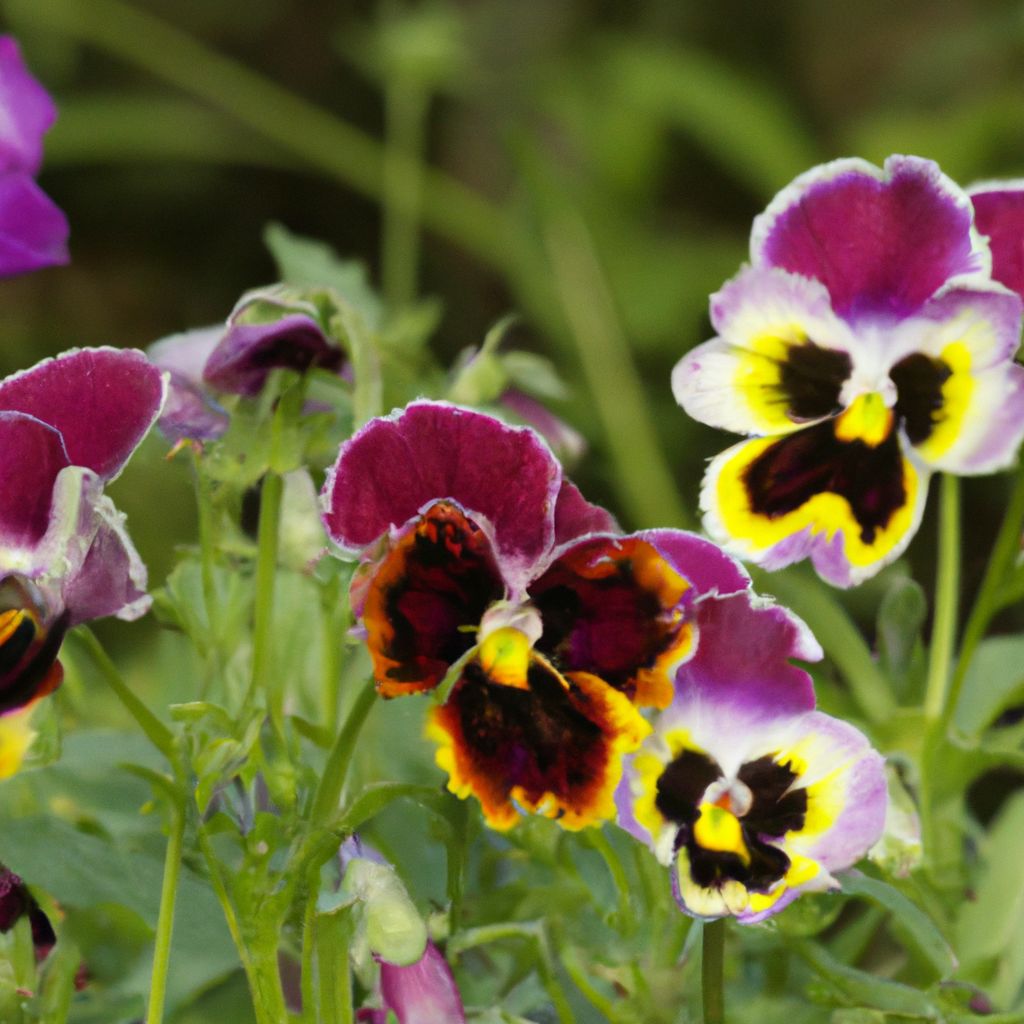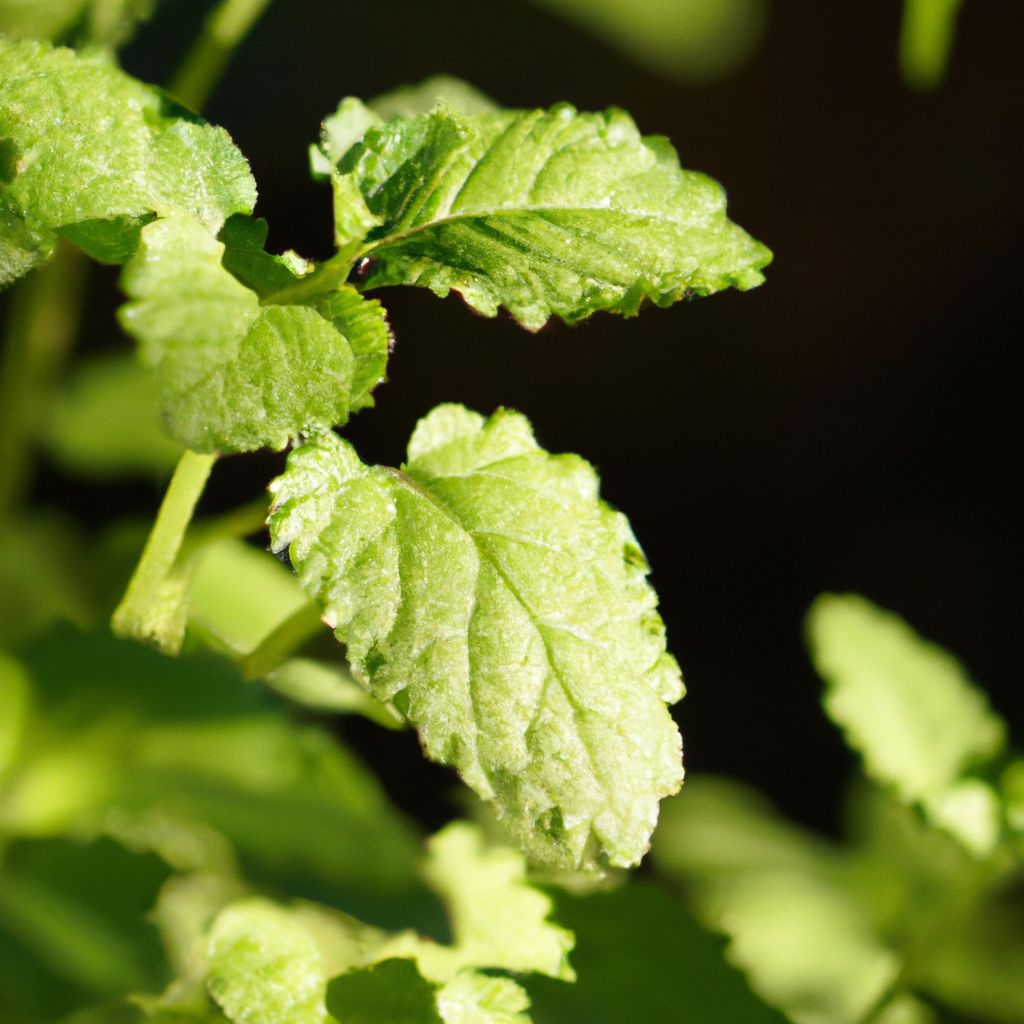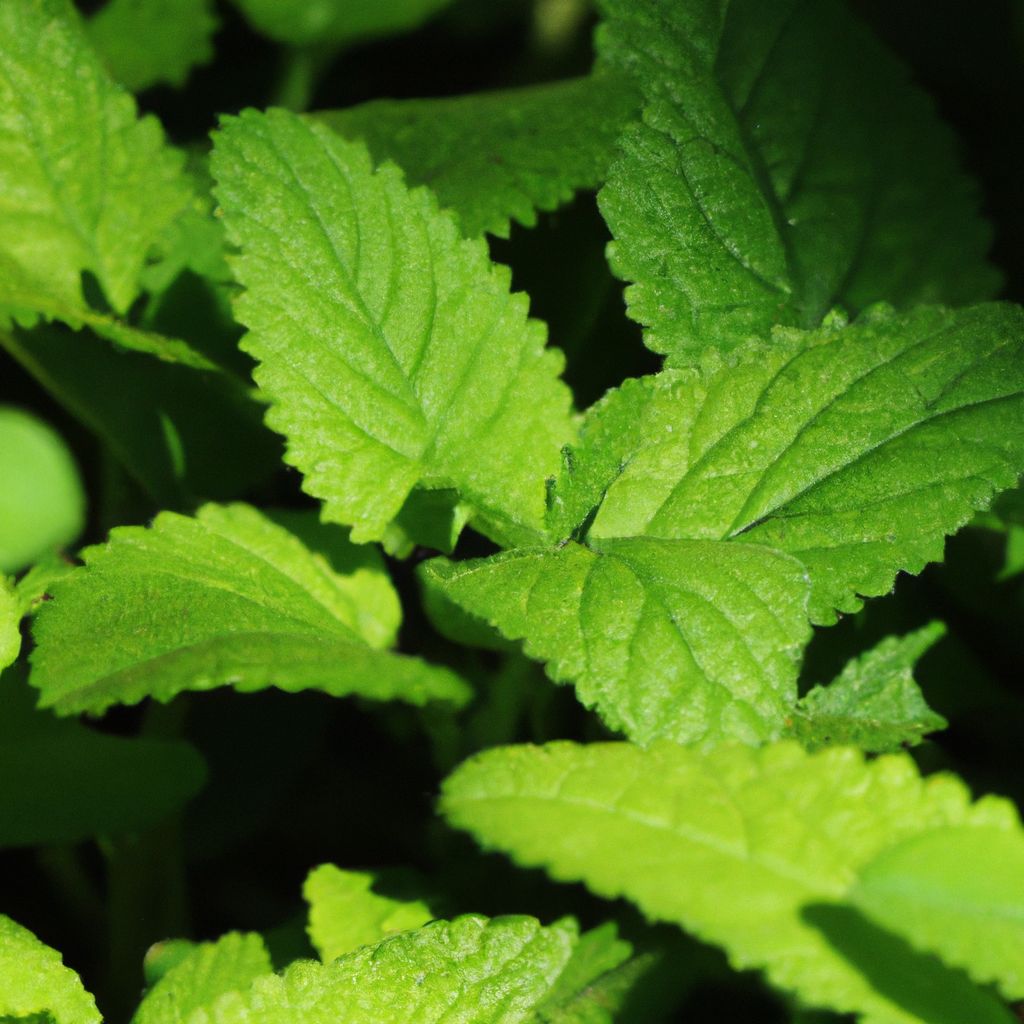Kale cultivation can transform your backyard into a flourishing garden filled with vibrant, nutritious greens. As a hardy vegetable packed with vitamins and minerals, kale thrives with proper preparation and care.
Why Grow Kale?
Kale offers an abundance of nutrition and flavor. With high levels of vitamins A, C, and K, kale supports immune function, digestion, and overall wellness. Its versatility also makes it perfect for salads, smoothies, stir fries, and more. As a cold hardy plant, kale can withstand frost and cooler weather, allowing for harvests throughout the year.
Nutrient Density
Ounce for ounce, kale contains more nutrients than almost any other vegetable. It is packed with vitamins K, A, and C, as well as minerals like calcium, potassium, magnesium, and iron. The high nutrient density makes it a very healthy addition to any diet.
The combination of vitamins, minerals and antioxidants in kale provides a wide array of health benefits:
- Vitamin K promotes bone health and blood clotting function
- Vitamin A maintains eye health and boosts immunity
- Vitamin C aids collagen production and iron absorption
- Potassium helps regulate fluid balance and heart function
- Calcium strengthens bones and prevents osteoporosis
- Lutein and zeaxanthin reduce age-related macular degeneration
With all of these important vitamins, minerals and antioxidants, integrating kale into your diet can contribute to overall wellness.
Cold Hardiness
Unlike many tender greens, kale is frost tolerant. Exposure to colder temperatures can actually enhance kale’s flavor. This makes it an ideal crop for cool weather and extended harvests in fall gardens or winter greenhouses. The cold tolerance allows kale to be grown and harvested through winter in some climates.
While spinach, arugula and other greens quickly bolt and become bitter in cold weather, kale continues growing productively. After exposure to freezing temperatures of around 23° F, kale leaves take on an appealing sweetness.
Prolific Yields
Kale is a vigorous grower and produces very high yields compared to other leafy greens. A 10 ft row can continuously produce leaves for salads or cooking over many weeks. The generous yields make kale an ideal choice for providing a steady supply of greens.
Careful harvesting of outer leaves can allow for multiple pickings from established plants for months on end. Yields can top 2 pounds or more of leaves per plant. With such prolific production, kale is an economical backyard crop that just keeps on giving.
Taste and Versatility
Kale has an earthy, slightly bitter taste that mellows and sweetens after a frost. Its flavor stands up well to assertive dressings and seasonings. It can be eaten raw, added to soups and stews, baked into chips and more. From leafy salads to crispy baked kale chips, kale’s flavor and texture lends itself well to a diverse array of dishes.
When preparing kale, massaging or bruising the leaves breaks down the cell structure, tenderizing the greens. Common ways to make raw kale more palatable include:
- Massaging with acidic lemon juice or vinegar
- Lightly sautéing with olive oil and garlic
- Mixing with assertive dressings like tahini or Caesar
- Pairing with intensely flavored mix-ins like berries or nuts
The hearty texture and earthy essence allows kale flavor to shine through whether served raw, cooked, blended or baked.
Ornamental Value
Many kale varieties feature attractively ruffled blue-green and purple-red leaves. Curly kale varieties lend vibrant color and unique texture to ornamental flower gardens. The eye-catching colors and frilly leaves make kale as ornamentally appealing as it is nutritious to eat.
The decorative qualities of many kale varieties add unique beauty and texture when planted in flower beds, borders or containers. Here are some top ornamental kale varieties to grow for visual appeal:
- Coral Sun – Bright red shades
- Peacock kale – Shades of purple, pink, green
- Color Up kale – Vibrant red-purple leaves
- Winterbor kale – Ruffled blue-green leaves
- Russian kale – Feathery gray-green foliage
Grown near other colorful flowers like pansies or flowering cabbages, ornamental kale varieties can create stunning displays in fall gardens.
Preparing to Grow Kale
Proper planning and preparation is key to successfully growing lush, healthy kale plants. Follow these tips before planting:
Choosing a Site
- Sunlight: Kale needs at least 6 hours of direct sun daily. Choose a sunny spot that receives sunlight for most of the day.
- Soil: Well-drained, nutrient rich soil with a pH between 6.0 – 6.8 is optimal. Avoid soggy sites prone to standing water.
- Space: Allow 2-4 ft. between plants depending on variety to prevent overcrowding.
Preparing the Soil
There are some important steps to take to prepare a garden bed for optimal kale cultivation.
It all starts below the surface. Prepping the soil properly gives young kale plants the best chance of thriving. Here are the key steps:
- Loosen soil to a depth 8-12 inches. Break up compacted areas to facilitate root growth.
- Mix in 2-4 inches of finished compost or well-aged manure a few weeks before planting. Compost enhances drainage and provides nutrients.
- Just before planting, work balanced organic fertilizer into the top 6 inches of soil to fuel plant growth.
Taking time to foster rich, well-drained soil lays the foundation for growing healthy, productive kale plants.
Selecting Varieties
With wild diversity in leaf textures, shapes and colors, there is a kale variety for everyone.
Kale comes in a diverse array of leaf shapes, textures, and colors. Consider your goals – ornamental appeal, optimum harvest times, or pest/disease resistance when selecting among the many excellent varieties:
Curly Leaf Types
Featuring tight ruffled leaves, these are the most commonly grown kales. They hold up well to cooking making them good choices for kitchen gardens. Some top varieties are Winterbor, Redbor, and Vates Blue Curled.
These frilly-leaved varieties grow into generous mounds of blue-green foliage. They have excellent cold hardiness and their sturdy leaves cook up tender yet toothsome.
Lacinato/Dinosaur Kale
Also called black kale or Tuscan kale, it has long wrinkly blue-green leaves with a distinct earthy flavor. It is more tender than curly kale. Try varieties like Black Magic or Dazzling Blue.
This unique “dinosaur” kale features dark blue-green puckered leaves on upright stalks. It boasts exceptional cold tolerance paired with fine flavor – growing sweeter after exposure to cold fall nights.
Ornamental Kales
Grown more for their looks than eating quality, ornamental kale varieties showcase shades of pink, red, white, and purple especially after fall frosts. Popular ornamental varieties include Redbor, White Russian, Pink Posy and Color Up.
While ornamental kales can be eaten just like other types, they are often grown more for decoration purposes. Their dramatically hued leaves in shades of crimson, pink and white make them ideal for flower gardens.
Planting Kale
The right planting methods and timing leads to healthy, thriving kale plants. Follow these planting guidelines for best results:
When to Plant
Kale grows best during cool weather in spring and fall. Determine the average last spring and first fall frost dates for your area then:
- Spring crops: Start seeds indoors 6-8 weeks before your last expected frost date. Transplant outdoors 3-4 weeks before last spring frost.
- Fall/Winter crops: Sow seeds directly in garden beds 6-8 weeks prior to anticipated first fall frost date for winter harvests.
Here is a month-by-month kale planting schedule:
Early spring – Start seeds indoors 6-8 weeks before last frost to transplant outdoors later
Mid spring – Sow seeds or transplant seedlings, protect from hard frosts if needed
Early summer – Slow growth period, keep plants healthy and watered
Late summer – Sow fall crop for winter harvests
Early fall – Transplant fall seedlings started late summer
Late fall/Winter – Harvest cold-hardy fall and winter crops
How to Plant
Whether starting from seed or buying transplants, follow these tips:
Starting from Seed
- Sow seeds 1⁄4-1⁄2” deep spaced 2” apart in trays or pots using seed starting mix. Keep evenly moist.
- Thin or transplant seedlings 12-15” apart when 2-3 true leaves appear. Harden off plants before transplanting outdoors
Transplanting Seedlings
For those who prefer not to start from seed, kale transplants are often available from local garden stores. Follow these tips when transplanting seedlings:
- Water seedlings well before transplanting. Carefully dig them up avoiding root damage.
- Plant 12-24” apart in rows spaced 2-3’ apart depending on variety.
- Water transplants well and provide shade for 1-2 days until established.
Properly cared for transplants will quickly establish and grow into productive, healthy kale plants.
Caring for Kale Plants
Consistent care for kale throughout the season ensures health, vigor and maximum yields.
Watering
Kale needs consistent moisture to fuel growth and prevent bitterness from water stress. Here are some key watering guidelines:
- Less frequent deep watering is better than frequent light watering. Deep watering promotes extensive root development.
- Use drip irrigation or soaker hoses rather than overhead watering to keep foliage dry and prevent disease.
- Check soil moisture before watering. Insert finger 1-2 inches deep to check – water when soil is dry at this depth.
Water requirements depend on season, climate and soil type but generally 1-1.5 inches of water per week is needed. Be sure to adjust as needed based on weather and growth stage.
Fertilizing
Keeping kale plants well fed ensures strong growth and maximum harvests:
- Side dress growing plants with organic fertilizer like fish emulsion or compost tea every 3-4 weeks during the growing season. This keeps plants well fueled for productive growth.
- Top dress around plants with 1-2” of aged compost mid season to further build soil fertility.
Organic fertilizers like fish emulsion or compost provide a slow, steady release of nutrients. Applying them routinely through the growing season gives kale a consistent diet for thriving development.
Controlling Pests and Diseases
Being vigilant about pests and diseases allows for early detection and prevention of major outbreaks:
Common kale pests:
- Cabbage Looper Caterpillars – pick off plants by hand or use Bacillus thuringiensis (Bt) sprays
- Aphids – Use insecticidal soap sprays or introduce lady beetles which feed on aphids.
- Flea Beetles – Protect young plants with floating row covers until well established.
Common Diseases:
- Alternaria Leaf Spot – Improve air circulation. Avoid wetting foliage.
- Clubroot – Avoid planting brassicas like kale in same spot for 3+ years. Raise soil pH to 7.2.
Catching pest and disease outbreaks early allows them to be quickly managed before major damage occurs. Routinely inspect plants and act fast at the first sign of an issue.
Harvesting Kale
Follow these guidelines for harvesting kale at its peak flavor and quality:
- Begin harvesting outer leaves when they reach desired size, typically 8 inches long or more.
- Use shears or knife to cut leaves off at the stem without disturbing the growing crown and center leaves.
- Harvest up to 1/3 of leaves at one time to promote new growth. Continual harvests can be maintained into winter during cool weather.
Checking kale frequently as it matures allows for harvesting leaves at optimal size and tenderness. Careful cuttings encourage further leaf production without harming the plant.
Storage
After harvest, proper storage keeps kale fresh and nutritious. Follow these storing tips:
- Store unwashed leaves in perforated plastic bags in refrigerator crisper drawer for 5-7 days.
- For longer storage, blanch leaves for 1-2 minutes then freeze for later use.
Letting leaves dry before storage prevents moisture build up that can lead to mold and spoilage. Storing in breathable containers keeps kale crisp for use in recipes all week long.
Using and Preparing
Kale’s hearty texture takes well to a variety of cooking methods. Here are some tasty preparation ideas:
Salads
Add chopped raw kale to green or grain salads. Massage leaves with lemon juice and oil to soften and tenderize
Smoothies
Blend kale into fruit or vegetable smoothies. Its mild earthy flavor combines well with fruits.
Soups & Stews
Add chopped kale during the last 5 minutes of simmering soups and stews so it maintains some texture.
Sautéing
Sauté chopped kale in olive oil with garlic and onions or other veggies for simple side dishes.
Other tasty preparation methods include adding massaged raw kale leaves into wraps and sandwiches, mixing chopped kale into omelets or frittatas, tossing with whole grain pasta and pesto, and baking into crispy snackable kale chips.
By preparing kale in different ways, you can enjoy its versatility in snacks, main dishes and sides throughout the week.
Additional Growing Tips
Here are some extra pointers for maximizing growth of your backyard kale:
Pinching flowers – Pinch off emerging kale flowers to promote more leaf growth
Succession planting – Plant another crop every 2-3 weeks for nonstop harvest
Intercropping – Plant quick-growing salad greens around slower growing kale
Crop rotation – Rotate kale annual to different beds to prevent disease
Added fertilizer – Side dress plants midsummer with extra compost for fuel
Expanding Your Kale Kingdom
Once you discover just how easy and rewarding it is to cultivate kale, you may want to keep expanding your backyard kale crop. Here are some ways to keep increasing your personal kale kingdom:
Raise more seedlings – Start 2-3 times as many seeds indoors for transplanting
Add fall plants – Extend your season by planting second crop in late summer
Try new varieties – Experiment with different kale types each season
Plant ornamental kale – Grow colorful ornamental varieties near flowers for decor
Make trellises – Build vertical trellises for growing vining kale varieties
Preserve the harvest – Freeze, ferment or dehydrate abundant kale for storing
So embark on raising your very own kale kingdom this season! The right cultivation techniques will fill your garden with heaps of healthy greens to enjoy in creative recipes all season long.











































